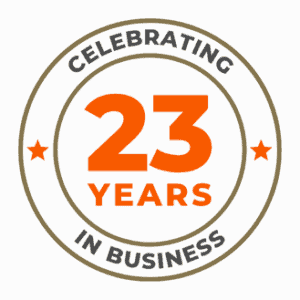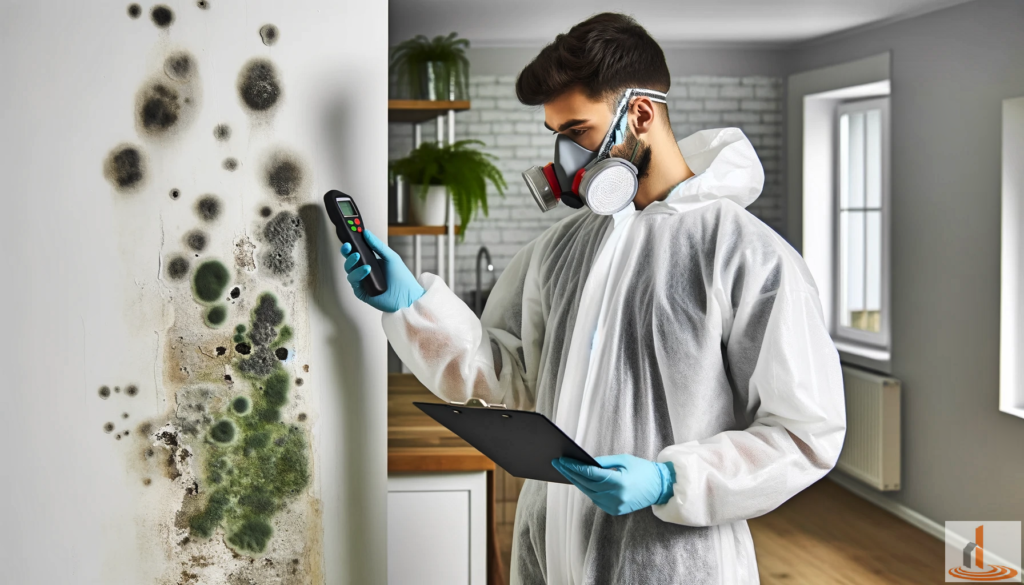Mold is a common problem that many homeowners face, but there are still many misconceptions surrounding it. Understanding the facts about mold and debunking the myths is crucial for effectively addressing mold issues in your home. In this comprehensive post, we’ll explore the most important facts you need to know about mold and mold remediation and dispel some of the most persistent myths.
What is Mold?
Mold is a type of fungus that thrives in moist environments. It can grow both indoors and outdoors and is commonly found in damp, poorly ventilated areas such as bathrooms, basements, and kitchens. Mold reproduces by releasing tiny spores into the air, which can then settle on surfaces and grow into new mold colonies.
Health Effects of Mold Exposure
Exposure to mold can cause a range of health problems, particularly for people with allergies, asthma, or weakened immune systems. Common symptoms of mold exposure include:
- Sneezing and runny nose
- Coughing and wheezing
- Red, itchy eyes
- Skin rash or irritation
In some cases, exposure to certain types of mold that produce mycotoxins can lead to more serious health issues, such as lung infections or neurological problems. You can learn more about mold in living environments and its potential effect on health by downloading the EPA’s Brief Guide Guide to Mold, Moisture, and Your Home..
Common Types of Mold Found in Homes
There are many different types of mold that can grow in homes, but some of the most common include:
- Aspergillus
- Cladosporium
- Penicillium
- Stachybotrys (often referred to as “black mold”)
- Alternaria
- Fusarium
Each type of mold has its own characteristics and potential health effects, so it’s important to identify the specific type of mold present in your home.
Mold Remediation and Removal
If you discover mold growing in your home, it’s important to address the issue promptly to prevent it from spreading and causing further damage. The process of removing mold is known as mold remediation or mold abatement.
The first step in mold remediation is to identify and fix the source of moisture that is allowing the mold to grow. This may involve repairing leaks, improving ventilation, or using a dehumidifier to reduce humidity levels.
Once the moisture issue has been addressed, the next step is to remove the mold itself. This typically involves:
1. Isolating the affected area to prevent the spread of mold spores
2. Removing porous materials (like drywall or carpet) that have been contaminated by mold
3. Cleaning non-porous surfaces with a detergent solution
4. Drying the area thoroughly
5. Replacing any materials that were removed
For extensive mold growth or mold in hard-to-reach areas, it’s best to hire a professional mold remediation company like Sparkle Restoration Services to handle the removal process.
The Importance of Professional Mold Remediation
Mold remediation is a complex process that requires specialized equipment and expertise. Hiring a professional mold remediation company is vital to ensure that all mold is removed safely and effectively. Certified Mold Remediation companies in California like Sparkle Restoration Services, need to meet at least these criteria:
- They must hold a B-General Contractor’s License. Check the contractor’s license at https://www.cslb.ca.gov/onlineservices/checklicenseII/checklicense.aspx.
- They should hold an Applied Microbial Remediation Certification (AMRT) from the IICRC. Ask your contractor to provide you with a copy of their IICRC Certifications. Check the expiration date of their Certificate. You can learn more about the IICRC at https://iicrc.org/abouttheiicrc/
- They need to hold Environmental Liability Pollution Insurance rider in addition to regular General Liability Insurance.
- They must provide you with a detailed written mold remediation protocol based on ANSI/IICRC S-520 Standards.
- They must have a track record, positive reviews, and significant hands-on field experience.
Myths About Mold
Despite the wealth of information available about mold, there are still many persistent myths that can lead to confusion and misinformation. Some of the most common mold myths include:
Myth: All mold is toxic and dangerous
Fact: While some types of mold can produce harmful mycotoxins, not all molds are toxic. Many common household molds are allergenic but not necessarily dangerous to most people.
Myth: Mold only grows in dirty or poorly maintained homes
Fact: Mold can grow in any home where there is excess moisture, regardless of how clean it is. Even new homes can develop mold problems if humidity levels are too high.
Myth: Bleach is the best way to kill mold
Fact: While bleach can kill surface mold, it does not penetrate porous materials to eliminate deeply rooted mold. Additionally, dead mold can still cause allergic reactions. It’s best to use detergent solutions and completely remove contaminated material following the guidelines outlined in the IICRC S-520 Standard and Reference Guide for Professional Mold Remediation.
Myth: A small amount of mold is nothing to worry about
Fact: If you can see or smell mold, there is likely a larger infestation lurking out of sight. It’s important to address any mold growth promptly, regardless of the size of the visible area.
Preventing Mold Growth
The best way to deal with mold is to prevent it from growing in the first place. Some key strategies for preventing mold growth include:
- Fixing leaks and water damage promptly
- Maintaining humidity levels below 50%
- Ensuring adequate ventilation, especially in bathrooms and kitchens
- Using mold-resistant building materials in moisture-prone areas
- Regularly inspecting your home for signs of mold or water damage
By understanding the facts about mold and taking steps to prevent and address mold growth, you can protect your home and your health from its potential dangers.
If you do discover mold in your home, don’t panic. With prompt action and proper remediation techniques, mold can be safely and effectively removed. If the mold growth is extensive or you’re unsure how to proceed, don’t hesitate to contact a professional mold remediation company like Sparkle Restoration Services for assistance.
If you’re looking for a qualified and experienced mold remediation contractor and a reliable mitigation and restoration team, you should consider hiring Sparkle Restoration Services. We provide a wide range of services and have the experience and expertise to ensure that your emergency water, mold, or fire project is done right the first time. Read what some of our many delighted clients have said about their Sparkle Experience. Contact us today to learn more about our services and to get started on your project.
Schedule a free mold assessment anytime.

